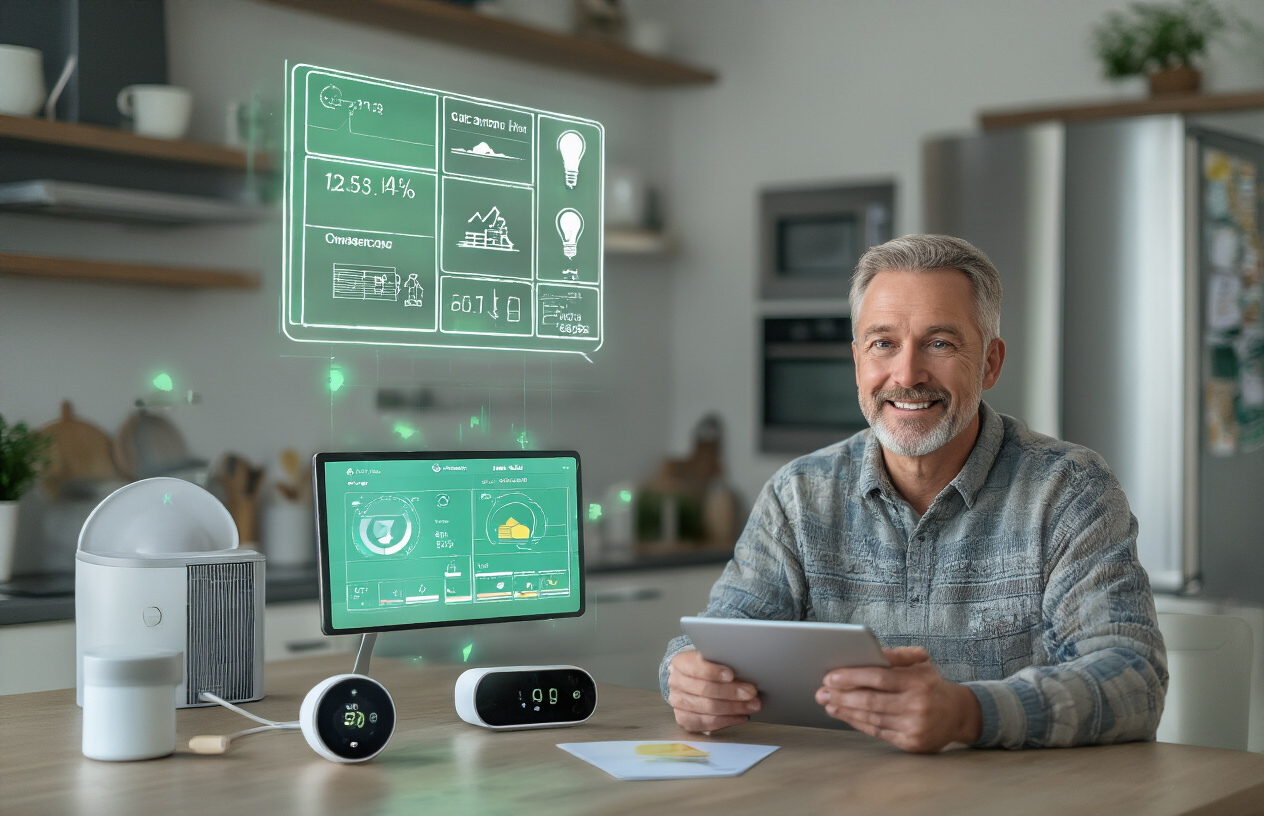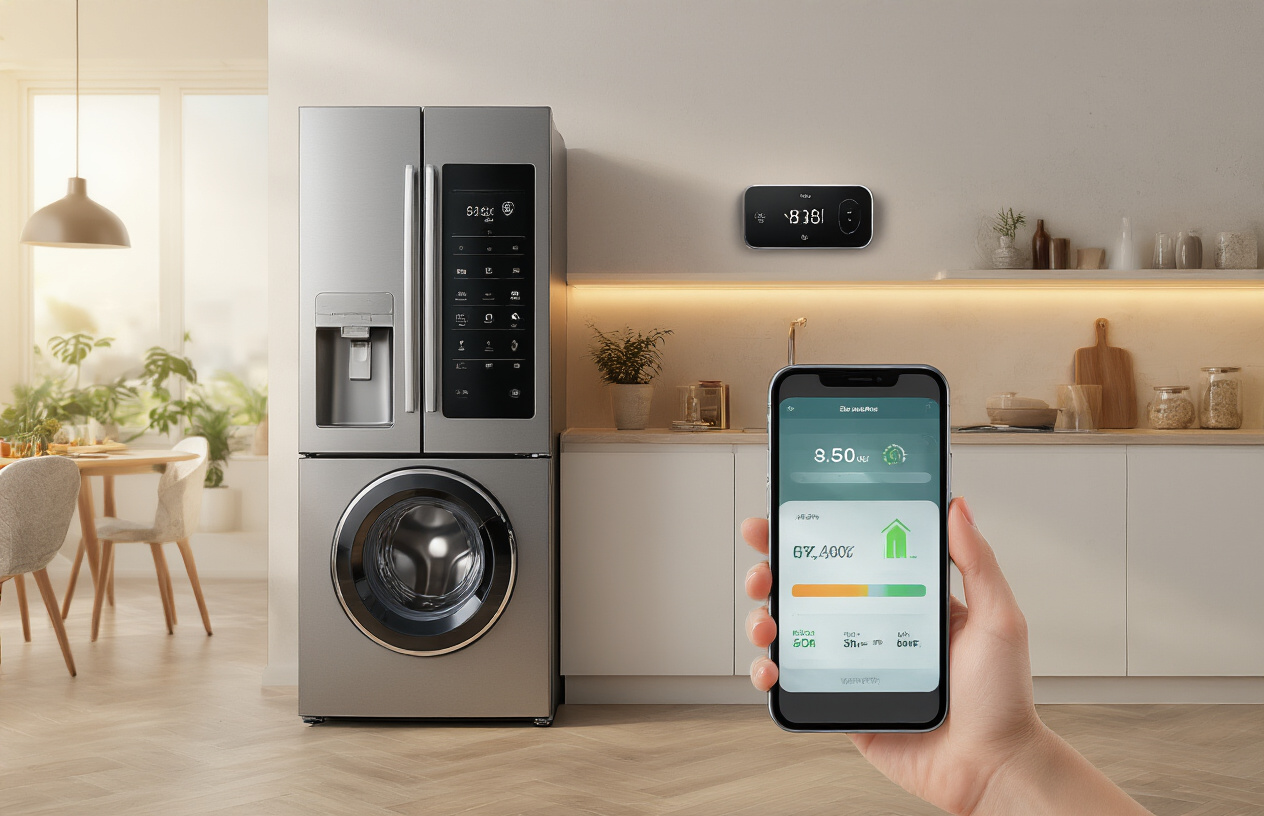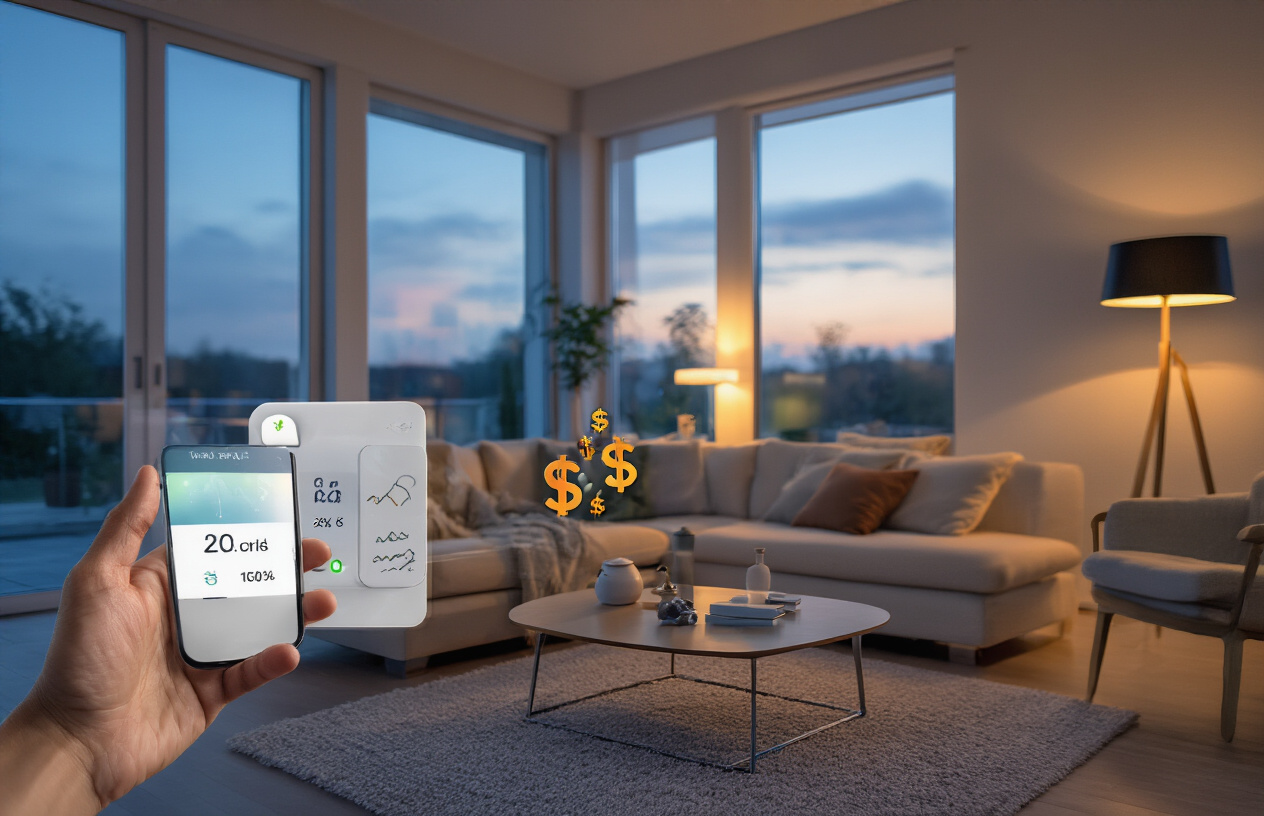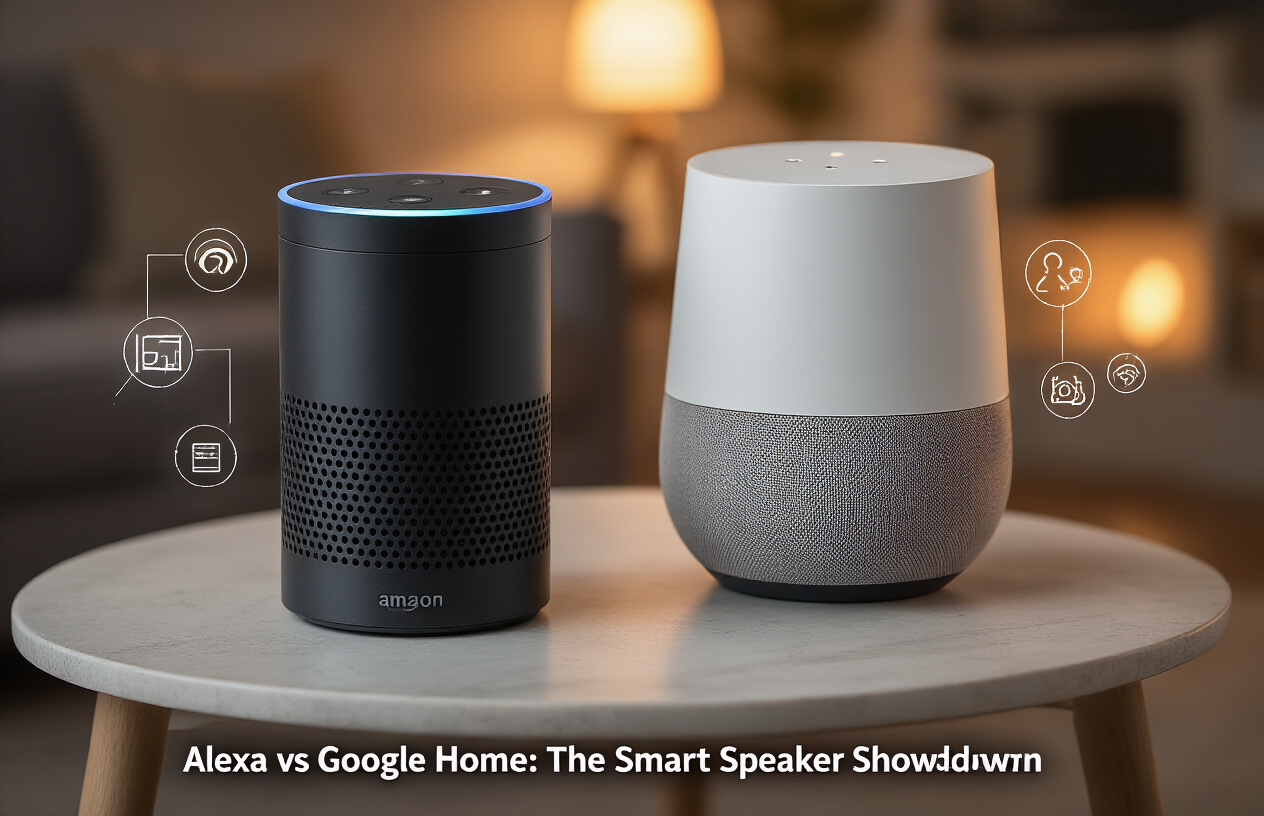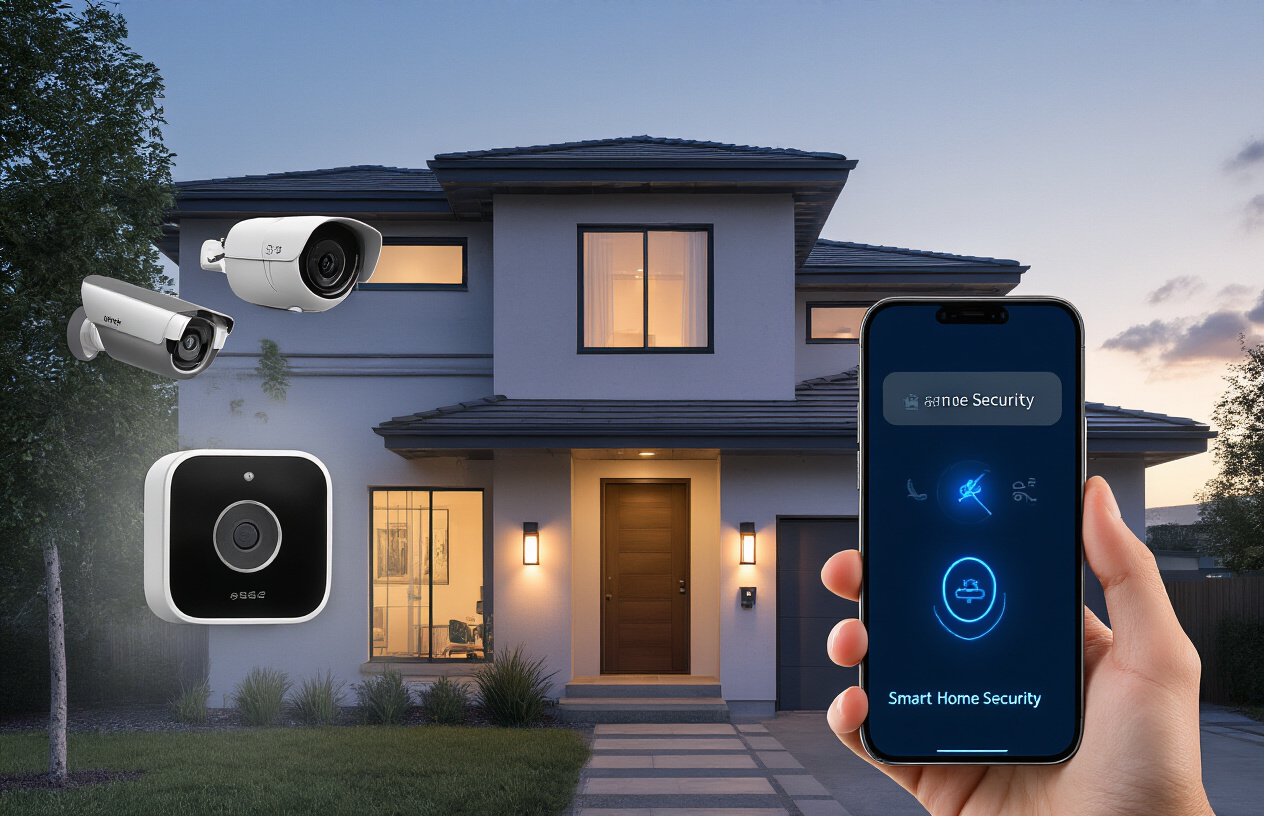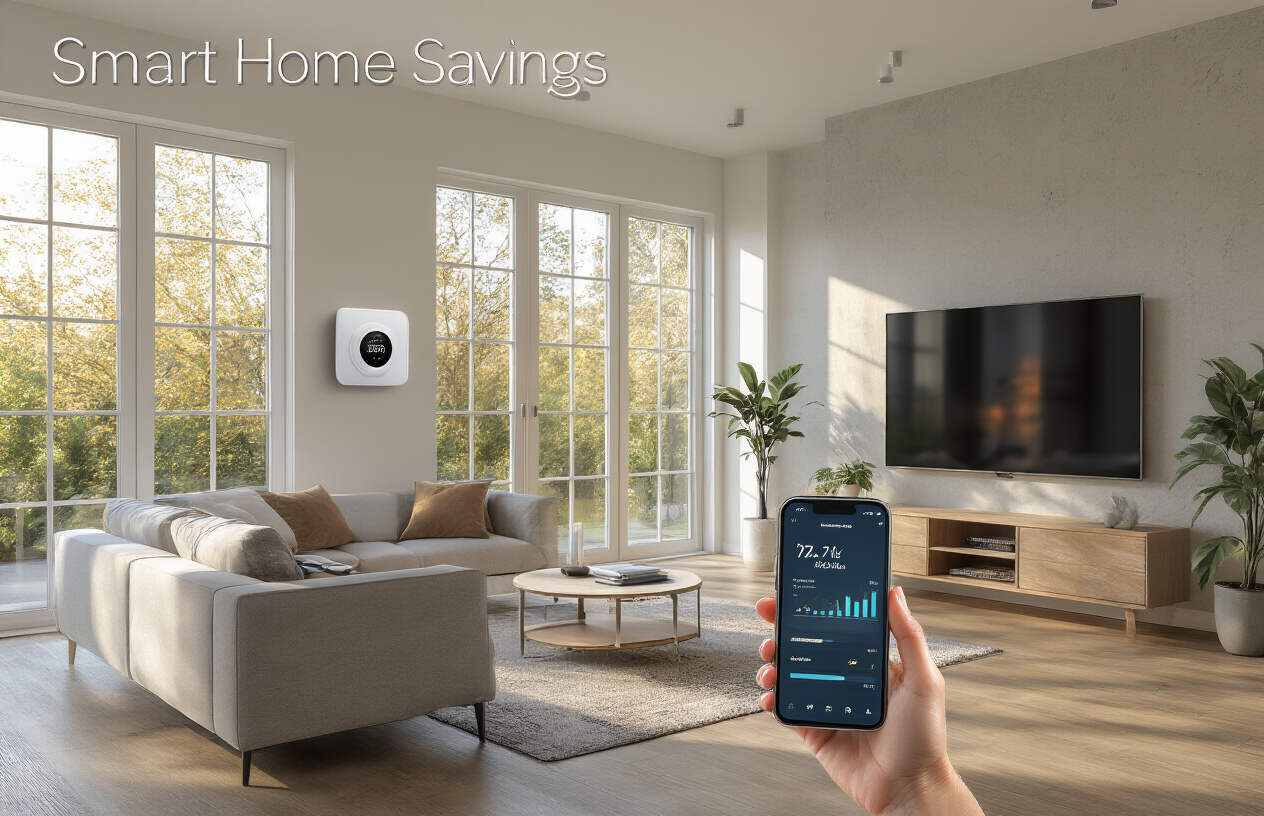
Did you know the average household wastes over $300 annually on standby power alone? That’s your TV, chargers, and appliances silently draining your wallet while doing absolutely nothing.
But here’s the thing—smart home tech isn’t just about asking Alexa to play your favorite songs or showing off to friends. The right smart home devices can actually put serious cash back in your pocket each month.
I’ve tested dozens of gadgets claiming to “save money” and honestly, most are just expensive toys. But these 7 smart home devices deliver real savings that will pay for themselves faster than you think.
Before we dive in, you should know something that changed everything for me about smart home efficiency…
Understanding Smart Home Economics
How smart devices reduce utility bills
Smart devices slash your energy usage by automating efficiency. Your smart thermostat learns when to adjust temperatures, while connected lighting turns off when rooms are empty. These devices give you real-time consumption data, helping you spot wasteful habits instantly and make smarter energy choices.
Initial investment vs. long-term savings
The upfront cost of smart home tech pays off faster than you might think. Your smart thermostat investment ($200-300) can be recouped within 1-2 years through 10-15% heating/cooling savings. Smart lighting might save you $100+ annually while extending bulb lifespan, making the math surprisingly favorable for your wallet.
Energy consumption statistics for traditional vs. smart homes
You’ll see dramatic differences when comparing traditional and smart homes. Smart thermostats reduce heating/cooling energy by 10-15%, while connected lighting cuts electricity use by up to 80% versus incandescent bulbs. Overall, your smart home could use 30-40% less energy than conventional setups, translating to hundreds saved yearly.
Smart Appliances Worth The Investment
Energy-efficient refrigerators with consumption alerts
Smart fridges can slash your energy bills while keeping food fresher longer. Many models now alert you when doors are left open or when energy usage spikes unexpectedly. You’ll appreciate the real-time consumption data that helps you make adjustments before your next bill arrives.
Smart washers and dryers that optimize cycles
Your laundry routine is about to get cheaper. Smart washers detect load sizes and soil levels, using only what’s needed for each wash. Modern dryers with moisture sensors prevent over-drying, saving electricity and protecting your clothes from unnecessary wear.
Dishwashers that use less water and electricity
Stop pre-rinsing! Today’s smart dishwashers use targeted water jets and efficient cycles that clean better while using less resources. You’ll cut your water consumption dramatically while still getting spotless dishes – a win for both your wallet and the environment.
Smart home technology isn’t just about convenience—it’s a powerful way to reduce your monthly expenses. From energy-efficient lighting that adjusts automatically to water monitors that prevent costly leaks, these innovations provide real financial benefits alongside their technological appeal. Smart power management systems and energy-efficient appliances further compound these savings, while DIY security options offer protection without expensive monitoring contracts.
As you consider upgrading your home, focus on devices that deliver genuine utility rather than just novelty. Start with one or two high-impact areas like smart thermostats or lighting, then expand your system gradually. The initial investment may seem significant, but the long-term savings—in both money and environmental impact—make smart home technology a truly smart financial decision for today’s homeowner.

